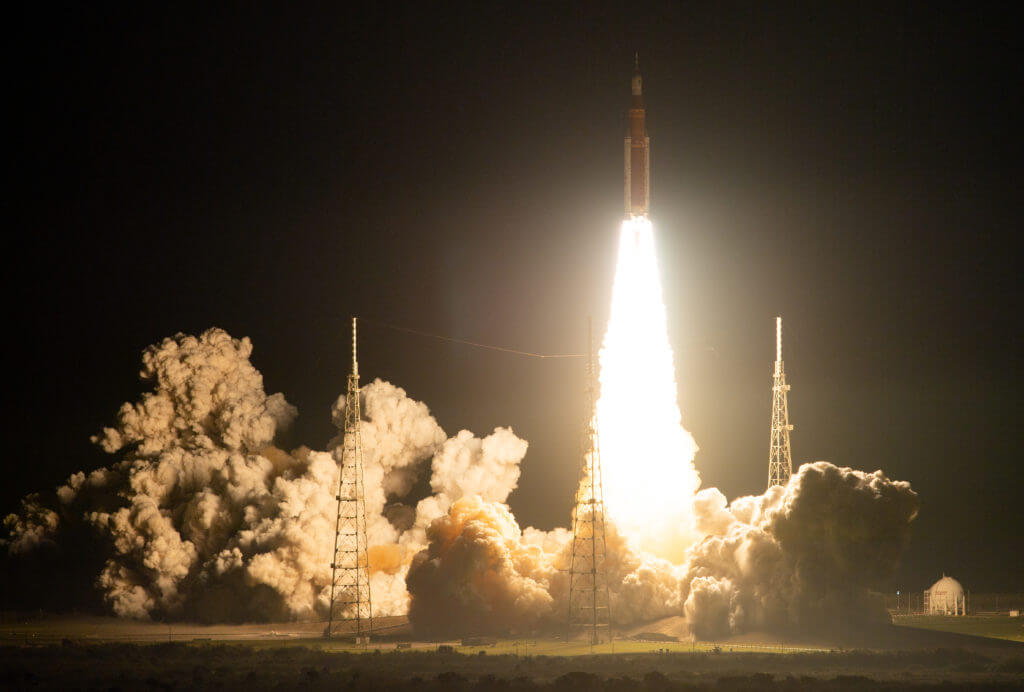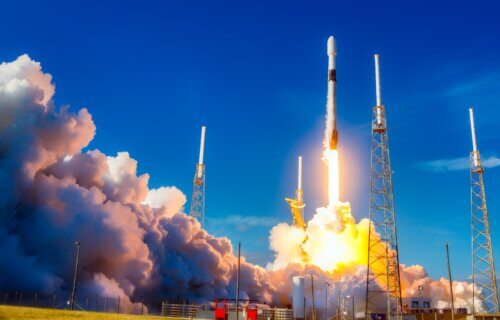CHRISTCHURCH, New Zealand — Increased rocket launches and a growing interest in space tourism could pose a significant threat to Earth’s healing ozone layer, according to a recent study.
New Zealand-based researchers indicate that as our ambitions to explore space expand, we risk further harm to our own planet. The Earth’s ozone layer, which suffered extensive damage in the 1980s and 90s — primarily due to human actions — is currently recuperating. However, the burgeoning space industry, marked by a doubling of rocket launches over the last five years, could impede this recovery. Scientists explain that rockets discharge gases and particles detrimental to the ozone layer.
The increasing interest in space by approximately 70 nations, and the rise of private space enterprises, suggest a growing trend in space ventures. The so-called “billionaire space race,” propelled by companies such as Richard Branson’s Virgin Galactic, Elon Musk’s SpaceX, and Jeff Bezos’ Blue Origin, suggests an upward trajectory in global launches. While researchers consider their current ozone impact minimal, a persistent escalation in space activities could exacerbate the damage.
The study, conducted by researchers at the University of Canterbury in Christchurch, New Zealand, analyzed contemporary rocket launch data to project future trends in space travel. In just half a decade, global annual launches leaped from 90 to 190. The majority of these took place in the Northern Hemisphere. Predictions show the worldwide space industry could exceed $3.7 trillion by 2040.
Despite the passion of prominent figures like Musk and Branson for space exploration, it’s crucial to juxtapose the promise of space with the potential environmental repercussions.

Situated in the Earth’s stratosphere, the ozone layer plays a pivotal role in safeguarding our planet from the sun’s damaging ultraviolet radiation. The layer was compromised significantly in the late 20th century due to the prevalent use of harmful chemicals such as chlorofluorocarbons. Globally coordinated efforts, however, have set the layer on a recovery path, with full healing expected by century’s end.
“The current impact of rocket launches on the ozone layer is estimated to be small but has the potential to grow as companies and nations scale up their space programs,” says Dr. Laura Revell, an Associate Professor in Environmental Physics at the University of Canterbury, in a media release. “Ozone recovery has been a global success story. We want to ensure that future rocket launches continue that sustainable recovery.”
Rocket launches release gases and particles like reactive chlorine, black carbon, and nitrogen oxides, all harmful to the ozone. Additionally, the effects of new rocket fuels, such as methane, remain unassessed.
“Rockets are a perfect example of a ‘charismatic technology’ — where the promise of what the technology can enable drives deep emotional investment — extending far beyond what the technology also affects,” says Rutherford Discovery Fellow and planetary scientist UC senior lecturer Dr. Michele Bannister.
The New Zealand study also highlights the potential leadership role New Zealand could assume in the space industry. The researchers emphasize the country’s position to influence and guide the global conversation on sustainable space exploration.
The study proposed strategies for the space industry and the ozone research community. Recommendations include tracking rocket emissions, making such data accessible to researchers, and factoring in ozone impact during rocket design.
“Creating sustainable global rocket launches is going to take coordination across aerospace companies, scientists, and governments: it is achievable, but we need to start now,” says Dr. Bannister. “This is our chance to get ahead of the game.”
The findings are published in the Journal of the Royal Society of New Zealand.
South West News Service writer James Gamble contributed to this report.


Everything we do is wrong.